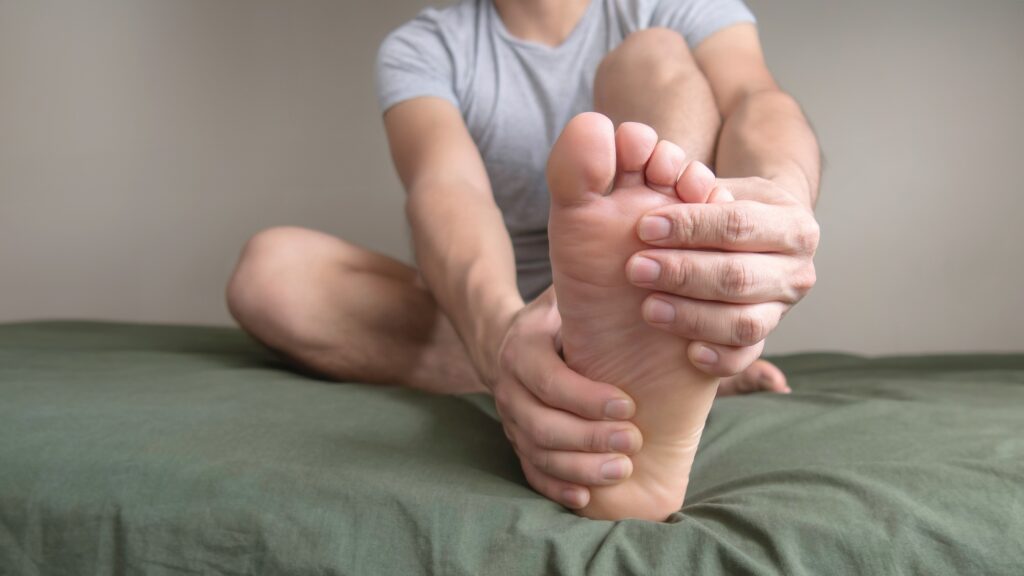Table of Contents
Introduction - Neuroma
A neuroma is a nerve tissue growth often located between the third and fourth toes. Although benign, a neuroma can be painful with a burning sensation or numbness.
Commonly called a Morton’s neuroma, this problem begins when the outer coating of a nerve in your foot thickens. This thickening is usually caused by irritation that results when two bones repeatedly rub together (often due to ill-fitting shoes or abnormal bone movement). The area between the third and fourth toes is the most commonly affected; the area between the second and third toes is another common irritation point. Nerve problems due to diabetes or alcoholism may also cause neuroma-like symptoms.
Factors That Can Contribute to a Neuroma
- Biomechanical deformities like a flat foot or high arch.
- Improper shoes that squeeze the toe area. High heels can also apply excess pressure to the toes.
- Repeated stress to the toes and ball of the foot.
- Trauma.
Symptoms of a Neuroma
The pain from neuromas may start gradually, causing burning, tingling, cramping, or numbness. Symptoms often occur after you’ve been walking or standing for a period of time. It might feel like you’re stepping on a lamp cord. You may need to take your shoe off and rub your foot. In some cases, the pain radiates from the tip of the toes to the ankle.
Neuroma symptoms include:
- Pain between the toes when walking
- Feeling like there is a stone in the shoe.
- Numbness or tingling in the ball of the foot.
- Pain in the ball of the foot with weight-bearing.
- Swelling between the toes.
Treatment
If you suspect a neuroma, try some home treatment. Switch to shoes with plenty of toe room and low heels. Proper shoes will have shock-absorbent soles and insoles to keep excessive pressure off your foot.
Rest your foot as much as possible and ice to relieve discomfort. Massaging the area can temporarily ease neuroma pain.
When these methods don’t work, it’s time to visit your podiatrist. Left untreated, neuromas may worsen. The earlier it is treated, the sooner the neuroma will heal.
We will relieve the pressure from the area. Padding the ball of the foot can relieve neuroma symptoms. Anti-inflammatory medications and cortisone injections can ease pain and inflammation.
Custom-fitted orthotics can help control foot function while they relieve symptoms and prevent worsening.
For more severe neuromas, we will discuss surgery with you. The outpatient surgery removes the enlarged nerve.



